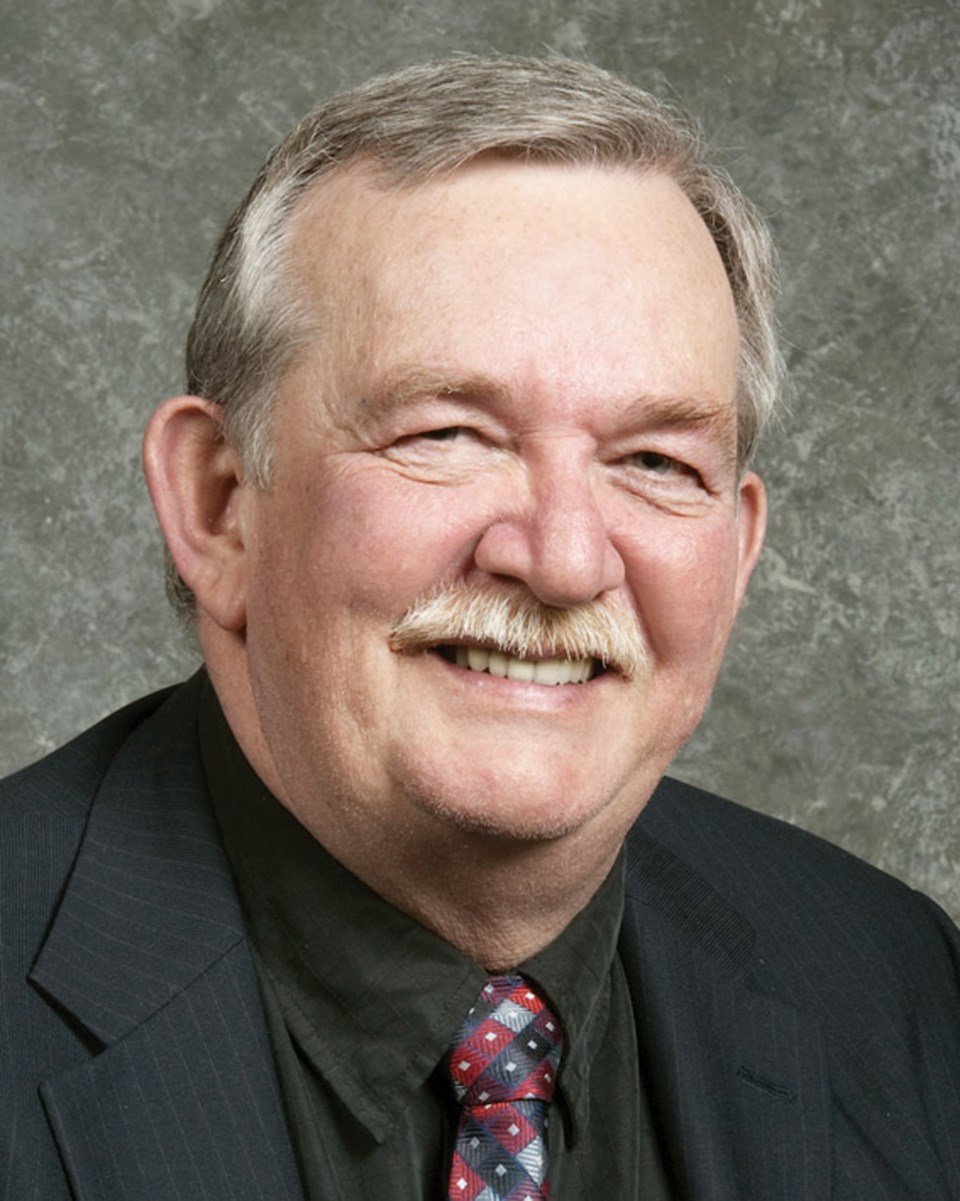Once again, Burnaby Mayor Derek Corrigan is defending the value of the waste-to-energy facility in his city, in light of the recent attack on it by the Fraser Valley Regional District.
As the Burnaby NOW previously reported, Patricia Ross, vice-chair of the district, says the Fraser Valley opposes burning garbage in this airshed and wants to impede the facility's permit renewal process. It submitted a 51-page report to the Ministry of Environment, and has launched an online campaign to "stop Metro Vancouver's incinerator plans."
But Corrigan says the Fraser Valley does not exercise the best environmental practices in its own backyard by having landfills that also leach into the water.
"We, on the other hand, have always thought that we were exercising a lot of leadership, being part of the cities that were part of the solution, instead of part of the problem," Corrigan told the NOW in a phone interview. "Generating energy out of this facility, we're at least utilizing garbage in a way that produces something."
The waste-to-energy facility in South Burnaby burns about 285,000 tons of garbage every year, and is responsible for disposing about 25 per cent of the region's waste.
Incinerator emissions are "infinitesimal" compared to what's emitted by the Fraser Valley Regional District, or by concrete plants, cruise ships or traffic coming in from Chilliwack or Abbotsford, according to Corrigan.
"It's miles ahead of landfills, and the long-term implications of landfills," he added. "It's stunningly hypocritical that the Fraser Valley still has landfills and allows outside burning."
Corrigan noted that the zero-waste committee has considered all of the options, and incineration remains the best compared to landfills. He also said the facility in Burnaby has improved steadily with technological upgrades in the last 25 years.
"We're careful monitors of this, in our community, and New Westminster is similarly monitoring throughout," he said. "Really, in Burnaby, it’s only as a result of the Fraser Valley hissy fit that anyone even knows it exists. It's not something people are conscious of."
Corrigan said Burnaby hasn't had a problem with the incinerator, except for the occasions where tests have shown an exceedance of toxins, but said it's usually borne from an error during testing.
"I find it a little galling that they isolate out this one source of pollution, and are constantly attacking (the incinerator)," he added. "They know it gets political mileage, playing on people's fears is a political advantage for them. As a result, I don't have much faith in their intentions. I think it's political manipulation."
As well, big businesses attached to landfills see the incinerator as a threat to their livelihood, Corrigan said.
"There are a lot of big business interests affected by us finding incineration as a solution," he noted. "They are fighting tooth and nail for their own interests."
While last week, Greg Moore, Metro Vancouver board chair, called the relationship between Fraser Valley and his board challenging - Corrigan called it "testy."
"It's been a very difficult relationship over the last few years, and one that has been marked by Fraser Valley having a totally uncooperative attitude," he said. "It's not being done in a way that's being thoughtful. It's done in a way that's highly politicized."
Over 2013, the Burnaby incinerator was criticized at every turn. Last April, a study from the Canadian Centre for Policy Alternatives and the Wilderness Committee found that the facility's process is worse than coal burning.
Last September, Fraser Valley raised the alarm once again when it found out that the facility failed about four per cent of its toxicity testing in bottom ash samples, and in some cases exceeded more than twice the regulatory limit. The failed tests were linked to cadmium found in the samples, which is a toxic metal linked to cancer, respiratory problems and kidney failure.
The Fraser Valley Regional District says the incinerator is not tested as stringently as it should be.
To learn more about the incinerator, visit www.metrovancouver.org. To find out more about the Fraser Valley Regional District's campaign, visit www.fvrd.bc.ca.



